Worlds first spherical display drone.
This is coolest looking thing I’ve seen today! ![]() 😲.
😲.
Worlds first spherical display drone.
This is coolest looking thing I’ve seen today! ![]() 😲.
😲.
The US Marines could one day use amphibious tanks and robots with machine guns to storm beaches.
Researchers are quietly testing around 50 weaponised robots at the Navy’s Camp Pendleton base in California.
Using high-tech drones and weaponised robots on the front line could help protect the lives of soldiers, the US Navy said.
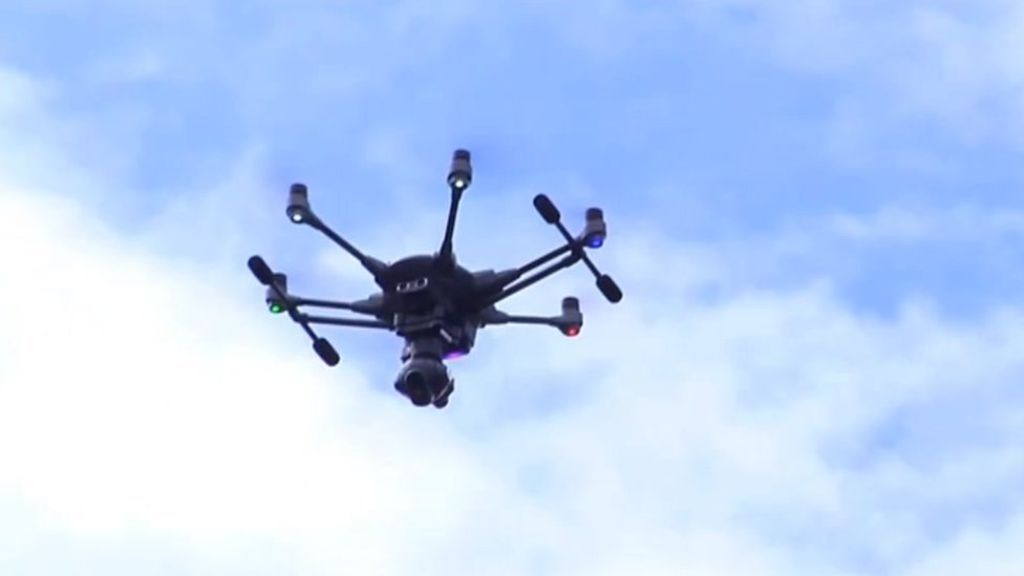
Artificial intelligence and drones will be key policing tools in the future amid budget and job cuts, Gwent Police’s chief constable has said.
Jeff Farrar said he foresees every police vehicle carrying a drone in the years to come and for more computers to do jobs “that do not involve emotion”.
Gwent has had £50m of funding cuts and still needs to make £9m of savings. It has also lost 300 officers since 2011.
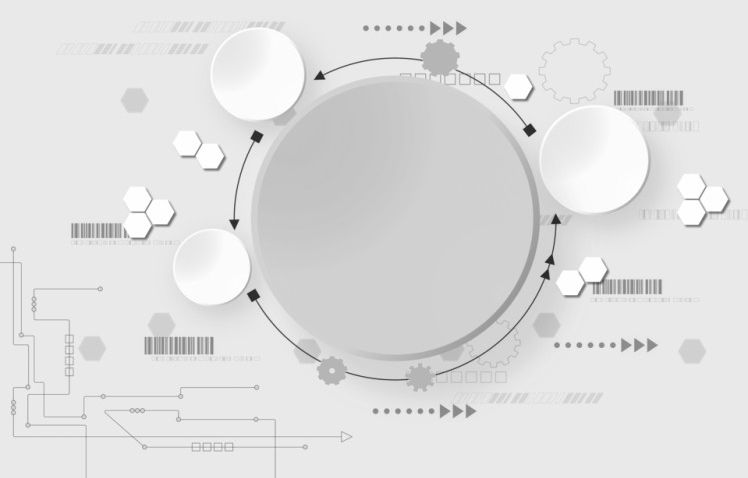
Pause for a second and look outside your window at a bird, a squirrel, or even an insect. These organisms all perform complex tasks that involve perceiving food and threats, navigating around trees, and following or hiding from other animals. There is not a robot or a drone on the planet that can do what these bugs and small animals can easily do.
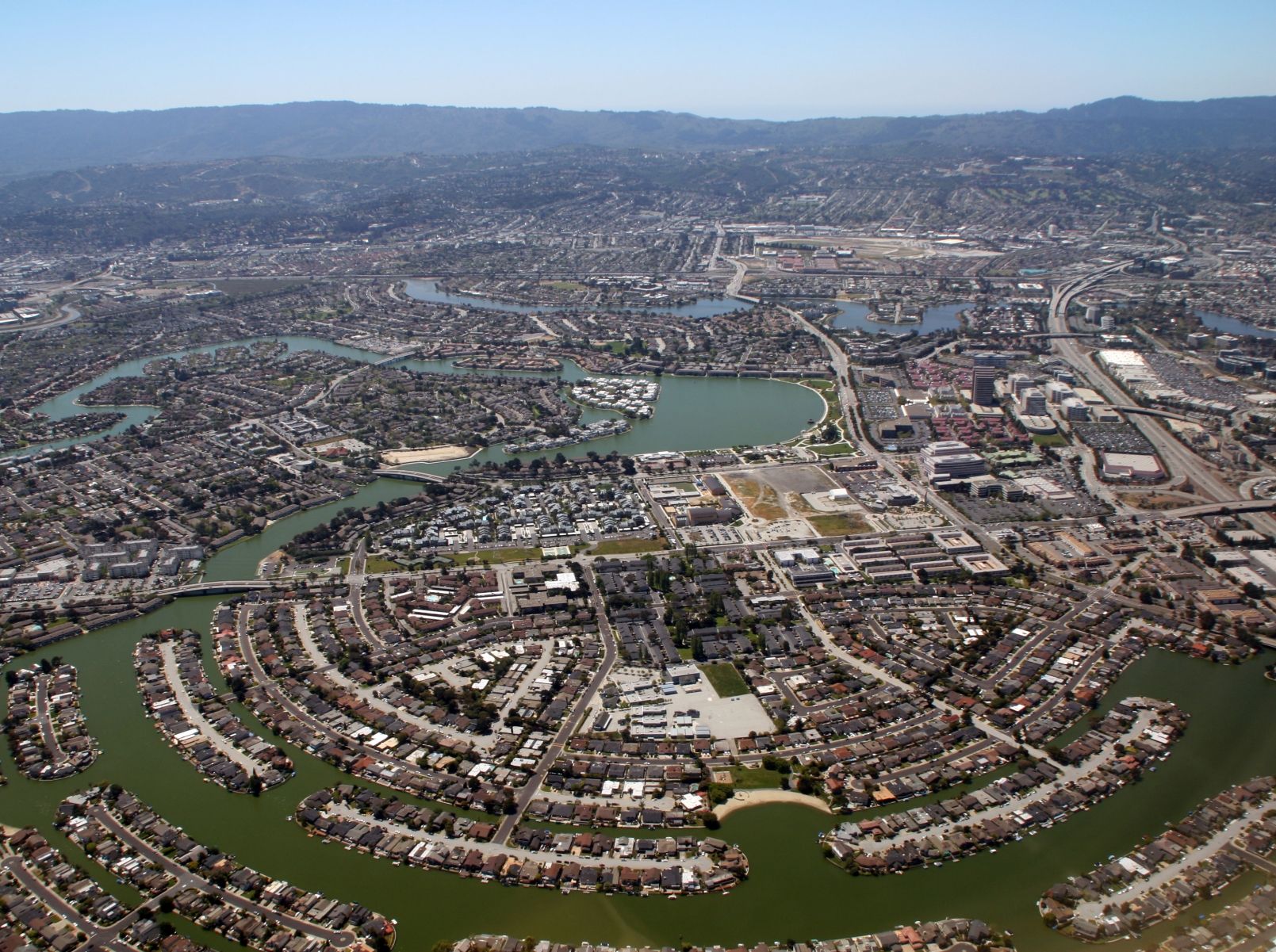
For people in that area, and it may be worth while to try reaching out to them for funding for anti aging stuff.
Why is RAND opening a Bay Area office?
The San Francisco Bay Area is really at the center of technology and transformation. That’s also been a focus at RAND since our very first report, Preliminary Design of an Experimental World-Circling Spaceship, in 1946, which foretold the creation of satellites more than a decade before Sputnik.
Today, our researchers are working on important questions related to autonomous vehicles, drones, cybersecurity, education technology, virtual medicine—the same questions driving Silicon Valley startups and billion-dollar Bay Area corporations. At the same time, we’re looking at issues surrounding social inequality, drug policy, water resource management, and transportation, all of which directly relate to the Bay Area.

Amazon is using a “simulated dog” to test its delivery drones, according to IBTimes.
The e-commerce giant wants to use drones to deliver parcels to customers in less than 30 minutes but it clearly has some concerns about how dogs might interfere.
At least one simulated dog is being used to “help Amazon see how UAVs [unmanned aerial vehicles] would respond to a canine trying to protect its territory,” according to IBTimes.
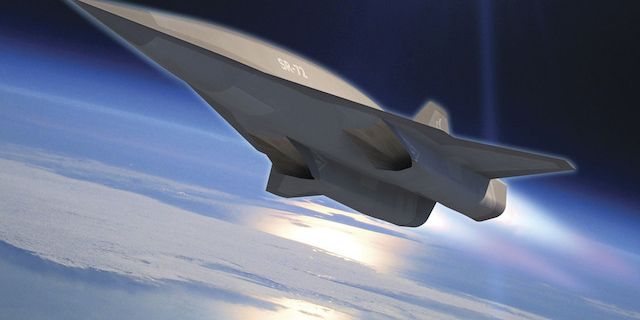
The US wants to stay in front of China with hypersonic weapons able to travel at five-times the speed of sound and destroy targets with a “kinetic energy” warhead.
Air Force weapons developers expect to operate hypersonic intelligence, reconnaissance and surveillance drones by the 2040s, once scientific progress with autonomy and propulsion technology matures to a new level.
The advent of using a recoverable drone platform able to travel at high altitudes, faster than Mach 5, will follow the emergence of hypersonic weapons likely to be operational in the mid-2020s, according to the Air Force Chief Scientist Geoffrey Zacharias.
Late for work? Imagine skipping the subway and instead heading to your local “vertiport,” where you can hop into an aircraft the size of an SUV that runs on electricity and works pretty much like an elevator.
Get in, punch in your destination, and off you go. Alone.
It may sound like an episode of “The Jetsons,” but electric air taxis are a form of transportation that is coming to Dubai in just a few months. And investors hope American cities aren’t much far behind.
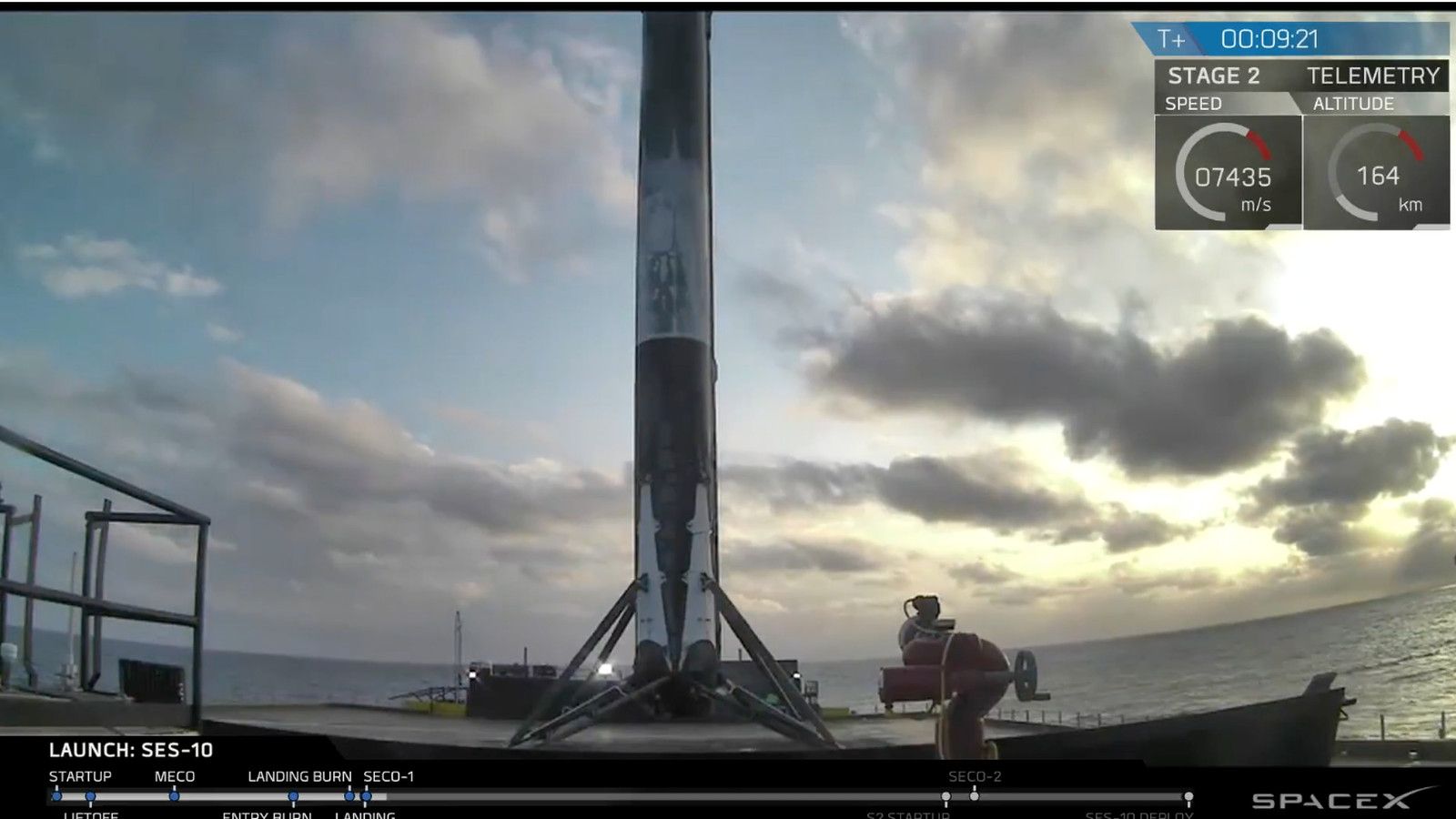
After more than two years of landing its rockets after launch, SpaceX finally sent one of its used Falcon 9s back into space. The rocket took off from Cape Canaveral, Florida, this evening, sending a communications satellite into orbit, and then landed on one of SpaceX’s drone ships floating in the Atlantic Ocean. It was round two for this particular rocket, which already launched and landed during a mission in April of last year. But the Falcon 9’s relaunch marks the first time an orbital rocket has launched to space for a second time.
SpaceX CEO Elon Musk appeared on the company’s live stream shortly after the landing and spoke about the accomplishment. “It means you can fly and refly an orbital class booster, which is the most expensive part of the rocket. This is going to be, ultimately, a huge revolution in spaceflight,” he said.

BRUSSELS NATO plans to spend 3 billion euros ($3.24 billion) to upgrade its satellite and computer technology over the next three years as the Western military alliance adapts to new threats, a senior official said.
Seeking to deter hackers, and other threats including Iranian missiles, the investments underscore NATO’s recognition that conflicts are increasingly fought on computer networks as well as in the air, on land and at sea.
A senior official at the NATO Communications and Information Agency said the plans include a 1.7-billion-euro investment in satellite communications to better support troops and ships deployed across the alliance, as well as aiding the use of Unmanned Aerial Vehicles (UAVs) or drones.